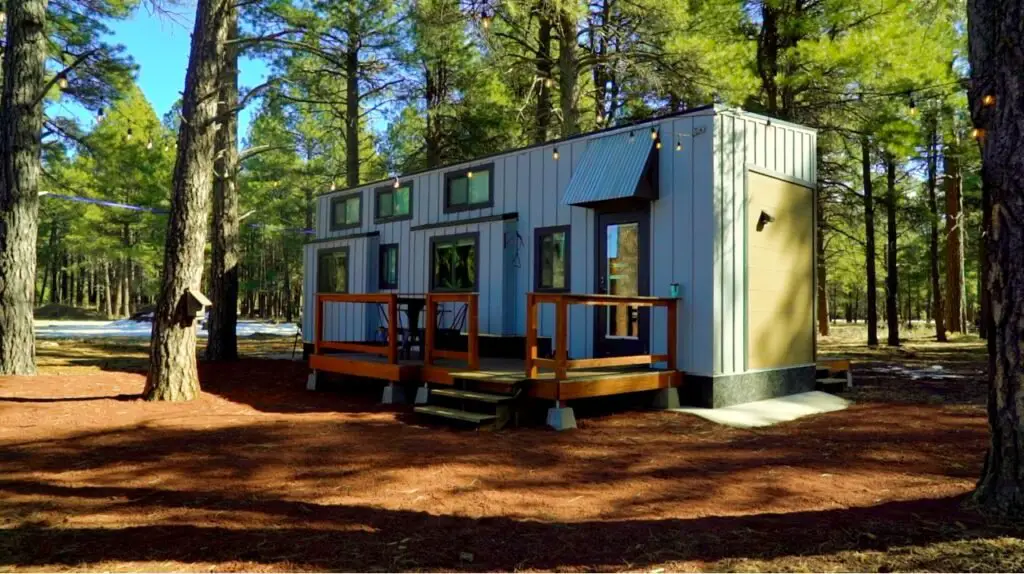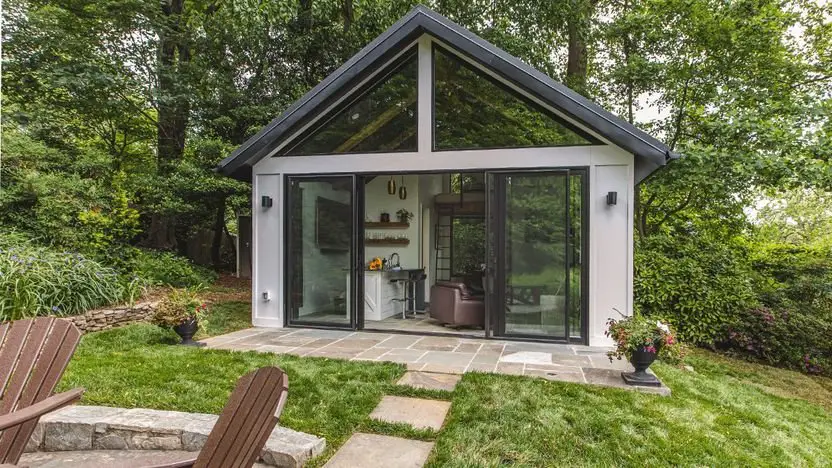Have you ever wondered if it’s possible to build a tiny home on your property? Well, the answer might surprise you. In this article, we will explore the ins and outs of building a tiny home on your property, discussing the regulations, considerations, and benefits that come with this unique housing option. So, if you’ve been dreaming of downsizing and embracing a simpler lifestyle, keep reading to find out if you can turn your property into the perfect tiny home oasis.
Zoning and Building Codes
Understanding local zoning laws
When considering building a tiny home on your property, the first step is to understand the local zoning laws that govern the use and construction of properties within your area. Zoning laws dictate how land can be used, including whether or not a tiny home can be built on a residential property. Familiarize yourself with the zoning regulations specific to your locality to determine if building a tiny home is permitted.
Reviewing building codes and restrictions
Alongside zoning laws, it is essential to review the building codes and restrictions in your area. Building codes ensure that structures are safe, habitable, and meet certain standards. These codes cover various aspects of construction such as electrical wiring, plumbing, ventilation, and structural integrity. Understanding these codes will help you determine if your tiny home meets the necessary requirements and if any modifications or adjustments are needed.
Consulting with local authorities
To ensure compliance with zoning and building codes, it is advisable to consult with the local authorities responsible for enforcing these regulations. This could be the planning department, zoning board, or building department in your municipality. Consulting with these authorities will provide you with accurate and up-to-date information regarding the regulations you need to follow when building a tiny home on your property. They can also offer guidance and answer any questions you may have throughout the process.
Property Ownership and Regulations
Verifying property ownership
Before proceeding with any construction plans, it is essential to verify that you are the rightful owner of the property. This can be done by reviewing the property deed or consulting with a real estate attorney. Ensuring that you are the legal owner of the land gives you the authority to make decisions about building on the property.
Checking for any HOA or neighborhood restrictions
If your property is located within a homeowners association (HOA) or a neighborhood with restrictive covenants, it is crucial to review these regulations before building a tiny home. Some HOAs and neighborhoods may have restrictions on the size, style, or placement of structures, including tiny homes. Violating these restrictions can result in fines or legal action. Take the time to carefully review any HOA or neighborhood restrictions to understand what limitations may be in place.
Considering setback and lot coverage regulations
In addition to zoning and building codes, setback and lot coverage regulations also play a role in constructing a tiny home on your property. Setback regulations govern the minimum distance required between your tiny home and the property boundaries or other structures. Lot coverage regulations dictate the maximum percentage of your property that can be covered by structures, including the tiny home. Understanding these regulations will help you plan the placement and size of your tiny home while adhering to the prescribed guidelines.
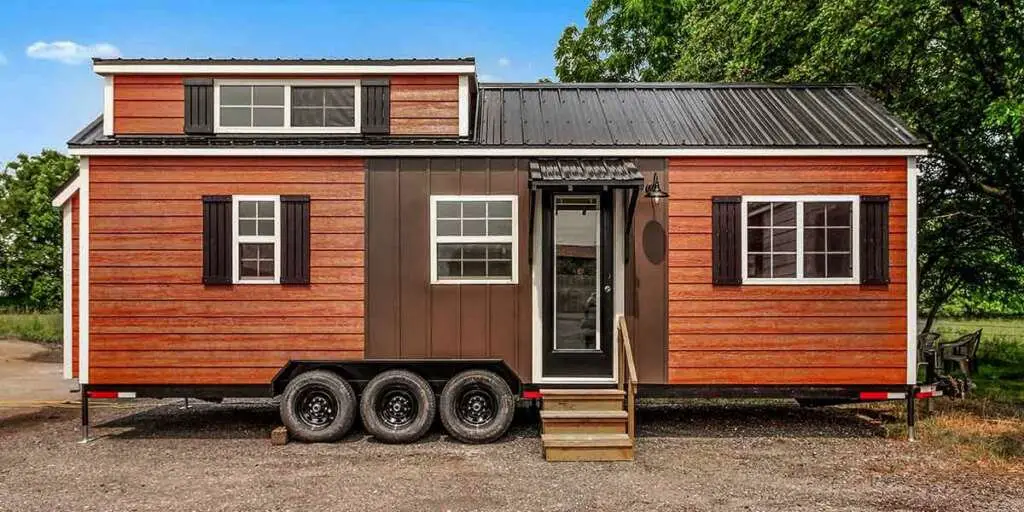
Minimum Size Requirements
Researching minimum square footage requirements
Different areas may have minimum square footage requirements for residential structures, including tiny homes. Researching these requirements will help you determine if your proposed tiny home meets the minimum size standards set by local authorities. It is important to note that these requirements can vary significantly between different jurisdictions, so be sure to conduct thorough research specific to your locality.
Exploring exceptions and variances
If your desired tiny home does not meet the minimum square footage requirements, you may be able to explore exceptions or variances. Some jurisdictions provide allowances for unique situations where smaller structures, like tiny homes, can be considered. Consulting with local authorities or zoning boards can give you insights into any exceptions or variances that may apply to your situation.
Considering the impact on future property value
While tiny homes can offer cost-effective and efficient living options, it is important to consider the potential impact on the future value of your property. Some homebuyers may be hesitant to purchase a property with a permanent tiny home, which could limit your potential pool of buyers if you decide to sell in the future. Understanding this potential impact can help you make an informed decision about the size and permanence of your tiny home.
Foundation and Utilities
Deciding on a foundation type
Tiny homes can be built on various foundation types, including traditional foundations, skids, or trailers. Each foundation type has its advantages and considerations. Traditional foundations offer stability and permanence, while skids or trailers provide mobility. Consider your long-term plans for the tiny home, such as whether you intend to move it in the future, as this will help you determine the most suitable foundation type.
Considering utility connections
Before starting the construction of your tiny home, it is important to consider utility connections. Will your tiny home be connected to the local power grid? How will you handle water and sewer connections? Understanding the utility requirements and costs associated with your tiny home will help you plan and budget accordingly.
Understanding sewer and water requirements
The specific sewer and water requirements for your tiny home will depend on your location and local regulations. Some areas may allow you to connect to existing systems, while others may require the installation of a separate septic system or well. Be sure to research the local requirements for sewage disposal and water supply to ensure compliance with the regulations.
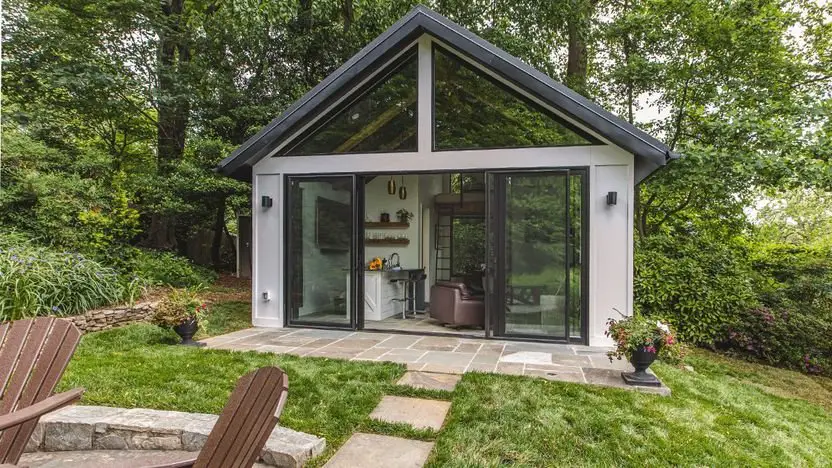
Professional Help and Permits
Hiring an architect or designer
While building a tiny home may seem straightforward, it is advisable to seek the expertise of an architect or designer experienced in tiny home construction. These professionals can help you design a functional and aesthetically pleasing space while ensuring compliance with zoning, building codes, and safety regulations. They can also assist with creating detailed construction plans and obtaining the necessary permits.
Working with contractors or builders
If you are not planning to build your tiny home entirely on your own, you may need to hire contractors or builders to assist with the construction process. It is important to carefully vet and hire qualified professionals who have experience in building tiny homes. Request references, review their portfolios, and ensure they have the necessary licenses and insurance coverage before entering into any agreements.
Applying for the necessary permits
Obtaining the necessary permits is a crucial step in the construction process. Building permits are typically required to ensure that your tiny home meets safety standards and complies with local regulations. Depending on your location, you may also need permits for electrical, plumbing, and other specific aspects of construction. Working with your architect or designer and consulting with local authorities will help ensure that you have all the required permits before commencing construction.
Environmental and Safety Concerns
Assessing environmental impact
When building a tiny home, it is important to consider the environmental impact of your construction choices. This includes selecting sustainable and eco-friendly materials, incorporating energy-efficient systems, and minimizing waste during the construction process. By assessing the environmental impact, you can make conscious decisions to reduce your carbon footprint and contribute to a greener future.
Addressing fire safety regulations
Fire safety is a critical consideration when building any type of home, including tiny homes. Familiarize yourself with the fire safety regulations in your area and ensure that your tiny home meets the necessary requirements. This may involve installing smoke detectors, fire extinguishers, and adhering to specific construction materials and practices that enhance fire resistance.
Considering nearby infrastructure and services
Before deciding on the location for your tiny home, consider the nearby infrastructure and services. Are there nearby schools, healthcare facilities, grocery stores, or public transportation options? What is the availability of high-speed internet and cell phone coverage? Assessing these factors will help determine if the location suits your needs and preferences.
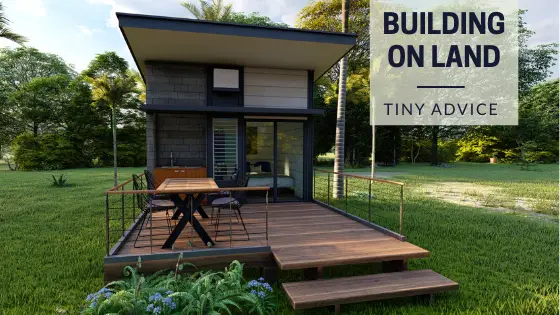
Financial Considerations
Calculating construction costs
Building a tiny home involves costs beyond the initial purchase of materials. Consider the expenses associated with permits, professional services, construction equipment or tools, and any necessary utility connections. Obtaining accurate cost estimates will help you budget for the construction of your tiny home and avoid financial surprises along the way.
Budgeting for ongoing maintenance
While tiny homes are generally less expensive to maintain than traditional houses, they still require ongoing care and maintenance. Budgeting for routine maintenance tasks such as repairs, repainting, or replacing components is essential. Additionally, consider any long-term costs such as insurance premiums, property taxes, and potential increases in utility bills.
Assessing property tax implications
Constructing a tiny home on your property may have implications for property taxes. Depending on your location and the specific regulations, building a tiny home may result in changes to your property tax assessment. Consult with a local tax professional or assessor to understand how the construction of a tiny home could impact your property tax obligations.
Insurance and Liability
Reviewing homeowner’s insurance policies
When building a tiny home on your property, it is crucial to review your homeowner’s insurance policy to ensure proper coverage. Some insurance policies may have limitations or exclusions for structures like tiny homes. Contact your insurance provider to discuss your plans and explore options for adjusting or obtaining additional coverage specific to your tiny home.
Understanding liability risks
Building any type of structure on your property introduces liability risks. It is essential to understand and address these risks to protect yourself legally and financially. Liability risks may include injury to visitors or workers on your property during construction or potential damage to neighboring properties. Discuss these concerns with your insurance provider and consider consulting with a legal professional to ensure you have adequate protection.
Researching specific coverage for tiny homes
Because tiny homes are a unique form of housing, it is advisable to research insurance coverage options tailored specifically to them. Some insurance providers offer policies designed specifically for tiny homes, which may be more suitable than traditional homeowner’s insurance. Compare and evaluate different insurance options to find the coverage that best meets your needs.
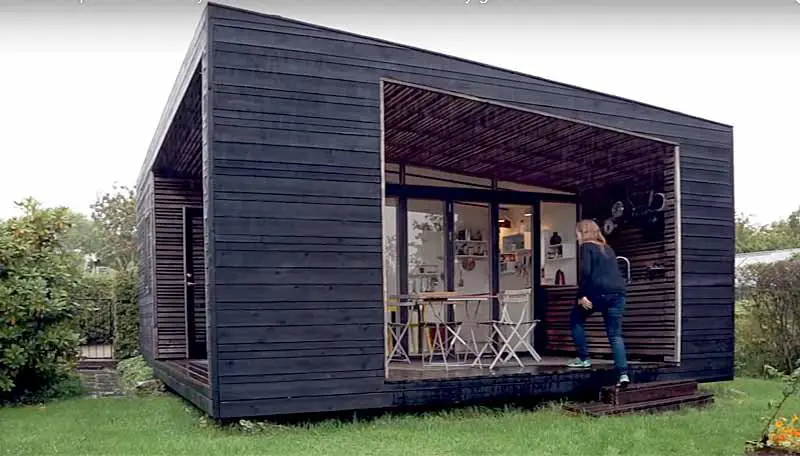
Future Use and Portability
Considering potential future needs
When building a tiny home, it is important to consider your potential future needs. While the tiny home may currently meet your needs, circumstances may change over time. Are you planning to start a family? Would you require additional space for guests or hobbies? Anticipating these potential future needs will help you design and build a tiny home that can adapt to your changing lifestyle.
Exploring options for mobility or relocation
One of the advantages of tiny homes is their potential for mobility or relocation. If you foresee the need or desire to move your tiny home in the future, plan accordingly. Research options such as building on a trailer or incorporating features that facilitate easy transportation. Additionally, familiarize yourself with any legal requirements for moving a tiny home to ensure a smooth relocation process.
Assessing the impact on property resale
When investing in a tiny home, it is important to consider the potential impact on property resale value. While tiny homes have gained popularity in recent years, it is essential to recognize that not all potential buyers may be interested in purchasing a property with a permanent tiny home. Assessing the impact on property resale will help you make an informed decision about the permanence and design of your tiny home.
Conclusion
Weighing the pros and cons
Building a tiny home on your property offers several advantages, such as affordability, sustainability, and flexibility. However, it is crucial to weigh the pros and cons specific to your situation. Consider factors like local zoning and building regulations, potential impact on property value, ongoing maintenance costs, and your future needs.
Seeking professional advice
Throughout the process of building a tiny home, it is highly recommended to seek professional advice. Engaging with architects, designers, contractors, and legal or tax professionals can provide valuable insights and guidance. Their expertise will ensure that your tiny home is designed, built, and maintained in compliance with local regulations and best practices.
Making an informed decision
Ultimately, building a tiny home on your property is a significant undertaking that requires thorough research, planning, and careful consideration of all relevant aspects. By understanding the zoning and building codes, assessing property ownership and regulations, and considering financial, environmental, and safety concerns, you can make an informed decision that aligns with your lifestyle, budget, and long-term goals.
